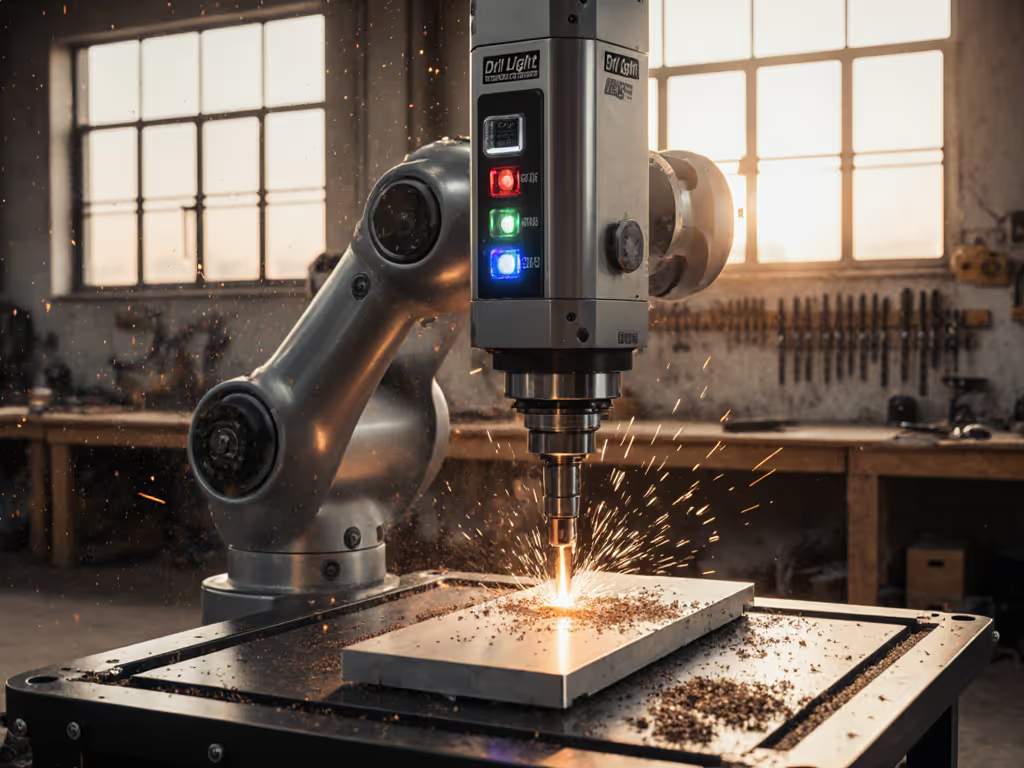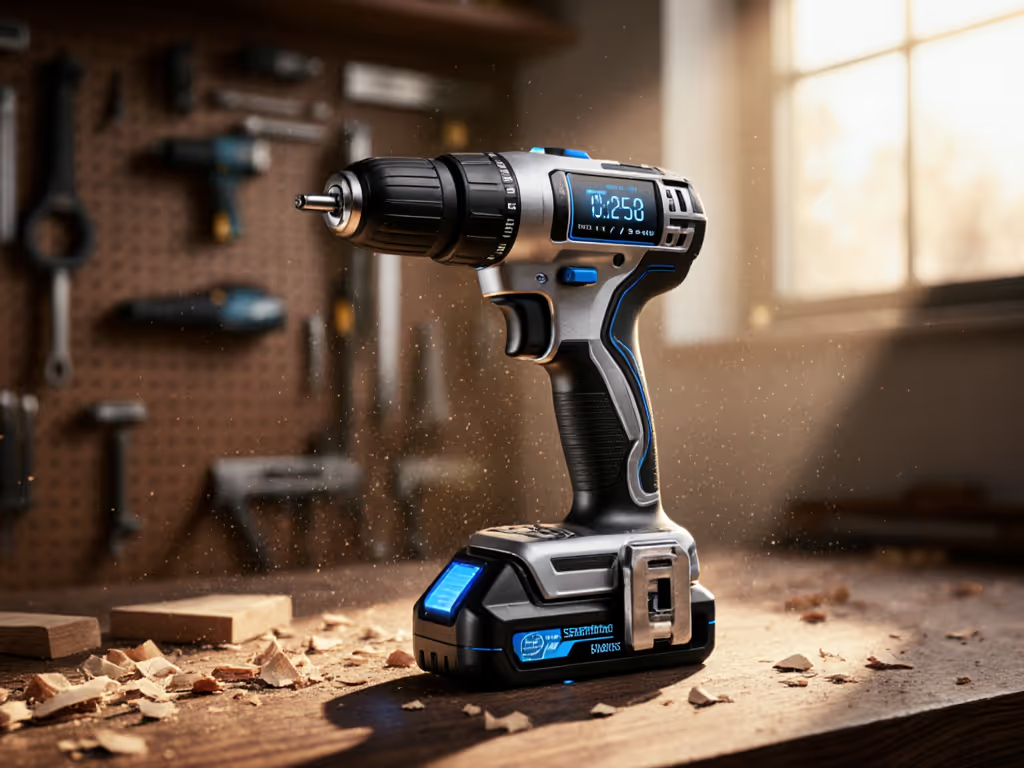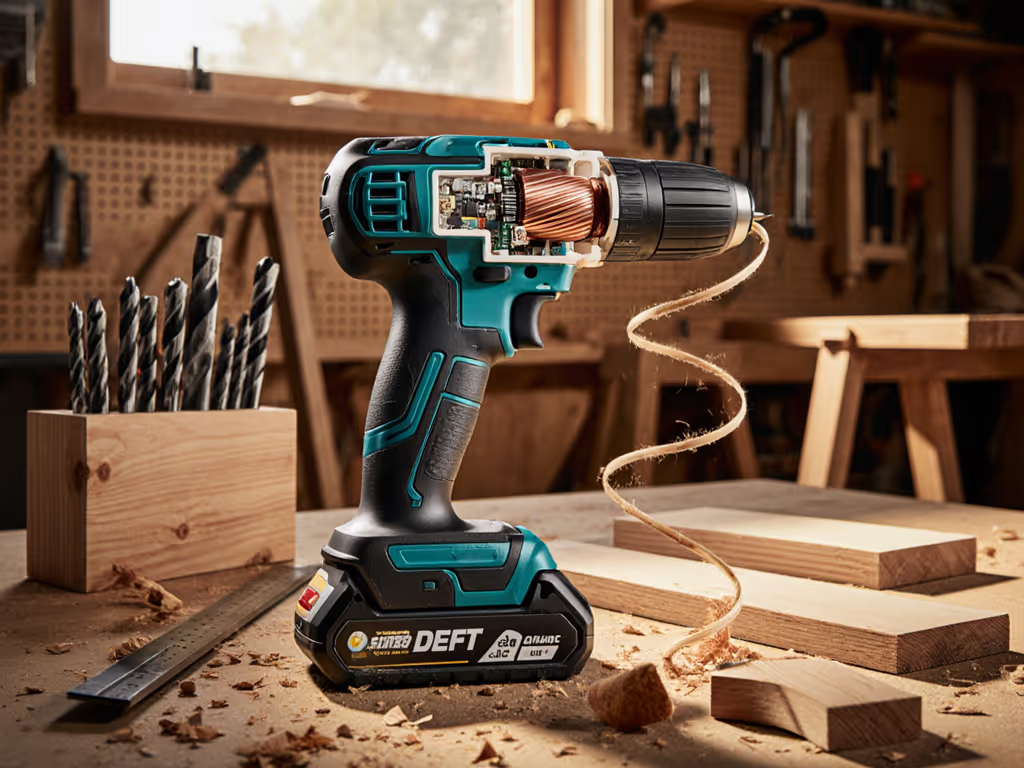
From Factory to Workshop: Robotic Drilling Systems Explained

When you hear "robotic drilling systems," images of high-tech oil rigs with autonomous arms might come to mind (like the ones from Norway's Robotic Drilling Systems that handle pipe on offshore platforms). But your corner workshop? Different story. Robotic drilling systems and automated drilling technology aren't just for industrial giants. For DIYers and trades pros, they are quietly reshaping how we tackle everyday projects through smarter, precision-focused tools. Forget Hollywood robots; real automation for your projects means drills that prevent stripped screws, navigate tight corners, and build confidence with every hole. Let's unpack what actually matters for your next bookshelf, deck, or cabinet build.
Set the clutch before the screw. This tiny habit transforms frustration into flawless finishes.
Why "Robotic" Doesn't Mean What You Think (For DIYers)
Industrial drilling automation (like the RDS systems replacing manual pipe handling on rigs) relies on complex robotics, dynamic control software, and 3D spatial awareness. Impressive? Absolutely. Relevant to screwing into 2x4s? Not directly. But the principles filter down to your workshop in game-changing ways:
- Precision over power: Oil rigs use automation to maintain exact torque on drill strings. Your parallel: a drill's clutch preventing cam-out on drywall screws.
- Repeatability: Nabors' sequencing engines ensure consistent pipe connections. Your win: preset depth stops for identical shelf brackets.
- Human-robot teamwork: Driller cabins "hit play" on rigs while robots execute. Your version: push-button modes (e.g., "wood," "metal") handling the technical details so you focus on alignment.
This is workshop automation redefined: systems that support your skill, not replace it. As my neighbor discovered after stripping screws on a wobbling bookshelf, the right drill setup unlocked weekend-long project momentum (not overnight). We marked pilot holes, dialed the clutch, and chose a compact drill. Small wins built big confidence. If tight clearances are your norm, compare our best compact drills for tight spaces before you upgrade.
Your Drilling Pain Points, Solved by Smart Automation
🛠️ Problem: "I strip screws in hardwood or strip-out cabinet hinges."
Automation fix: The clutch is your secret robot. Modern drills like the DeWalt FlexVolt M28 Pro articulating drill use electronic clutch control that adjusts torque mid-drive, similar to how rig robots self-correct paths to avoid collisions (per RDS's dynamic control system). But tech alone won't save you. Set the clutch before the screw on a matching scrap piece. Test settings until the clutch clicks just as the screw seats flush. No more tear-out.
📏 Problem: "I can't reach screws behind cabinets or inside studs."
Automation fix: Articulating heads = your mini-robot arm. Tools like the Makita 18V XGT Right-Angle Drill mimic industrial pipe handlers' range of motion. They pivot 90° to drill flush against walls (no more scrunched knuckles or failed projects). Pro tip: Pair with a 6" magnetic bit holder (a DIY "robotic gripper") for blind placements.
🔋 Problem: "My drill bogs down halfway through thick lumber."
Automation fix: Brushless motors + smart batteries = consistent power. Just as oil rigs use precision sensors to maintain drilling speed, brushless drills (e.g., Milwaukee M18 Fuel) adjust voltage under load. Result? No more sudden stalls in pressure-treated deck boards. Bonus: Lithium-ion platforms now track real-time battery health (like rig performance dashboards), so you will know exactly when to swap cells.
Building Confidence: Start Small, Think Big
Robotic drilling systems in factories took decades to perfect. Your journey starts simpler, and smarter. Remember my neighbor's bookshelf? His breakthrough wasn't buying a max-torque beast. It was:
- Picking the right project first: Anchoring shelves (not installing a ceiling fan!).
- Using tech as a safety net: Clutch set to 15 (for 2" screws in pine).
- Scaling up: Then choosing a drill platform matching future projects (e.g., cordless nailers for trim work).
This aligns with Occidental Petroleum's goal for automation: capturing proven methods so anyone can execute them flawlessly. Your "proven method"? Marking pilot holes, testing clutch settings, and starting with compact drills. It is not flashy, it is foundational.
What to Ignore (and What to Watch For)
🚫 Don't fall for "robotic" marketing hype: True precision drilling robots for home use don't exist yet. That $300 "AI drill" on Amazon? Probably just a Bluetooth speaker. Industrial automation (like SLB's autonomous workflows) requires rigs costing millions, not your garage budget.
✅ Do watch for these real workshop helpers:
- Depth stops (e.g., Bosch's auto-lock collars) for uniform countersinking
- Integrated LED worklights with motion sensors (no more fumbling switches)
- Bluetooth-enabled drills that log project data (e.g., holes-per-charge by material)
These are today's smart drill automation, tools that reduce skill gaps, not create them. As RDS's founder noted, their robots need just 3-5 days of crew training. Your drill should be easier.
Your Next Step: Automation You Can Actually Use
Forget dreaming of industrial robots. True workshop empowerment starts with mastering existing tech in your drill. This week:
- Test your clutch on scrap wood: find the exact setting where it stops before stripping.
- Map your tightest workspace (e.g., inside a vanity cabinet). Measure needed clearance, then prioritize compact drills under 7" head length.
- Track one project's battery use: Note how many 2" screws you drove before the drill slowed. That's your real runtime metric. For an easy seasonal benchmark, see our holes-per-charge guide.
Confidence grows when tools fade into the background. When your drill just works (whether driving a hundred drywall screws or anchoring a pergola), you will understand why industrial rigs automate: so humans focus on what matters. Your project's outcome. Your pride in a job well done. And yes, that perfectly seated screw.
Ready to explore further? Dig into how clutch settings prevent material damage (not just screw damage) or why right-angle drills are game-changers for electricians. I will break down both, with zero industrial jargon, in next week's guide. Subscribe below for workshop-tested tips that skip the hype and get you building.
Related Articles





History of Power Drills: How Innovations Fought Fatigue
Learn how breakthroughs - from pistol grips to lithium-ion and vibration damping - shifted drills from raw power to balanced ergonomics that fight fatigue. Use practical criteria and a quick self-test to choose and set up a drill that reduces strain while maintaining precision and productivity.
